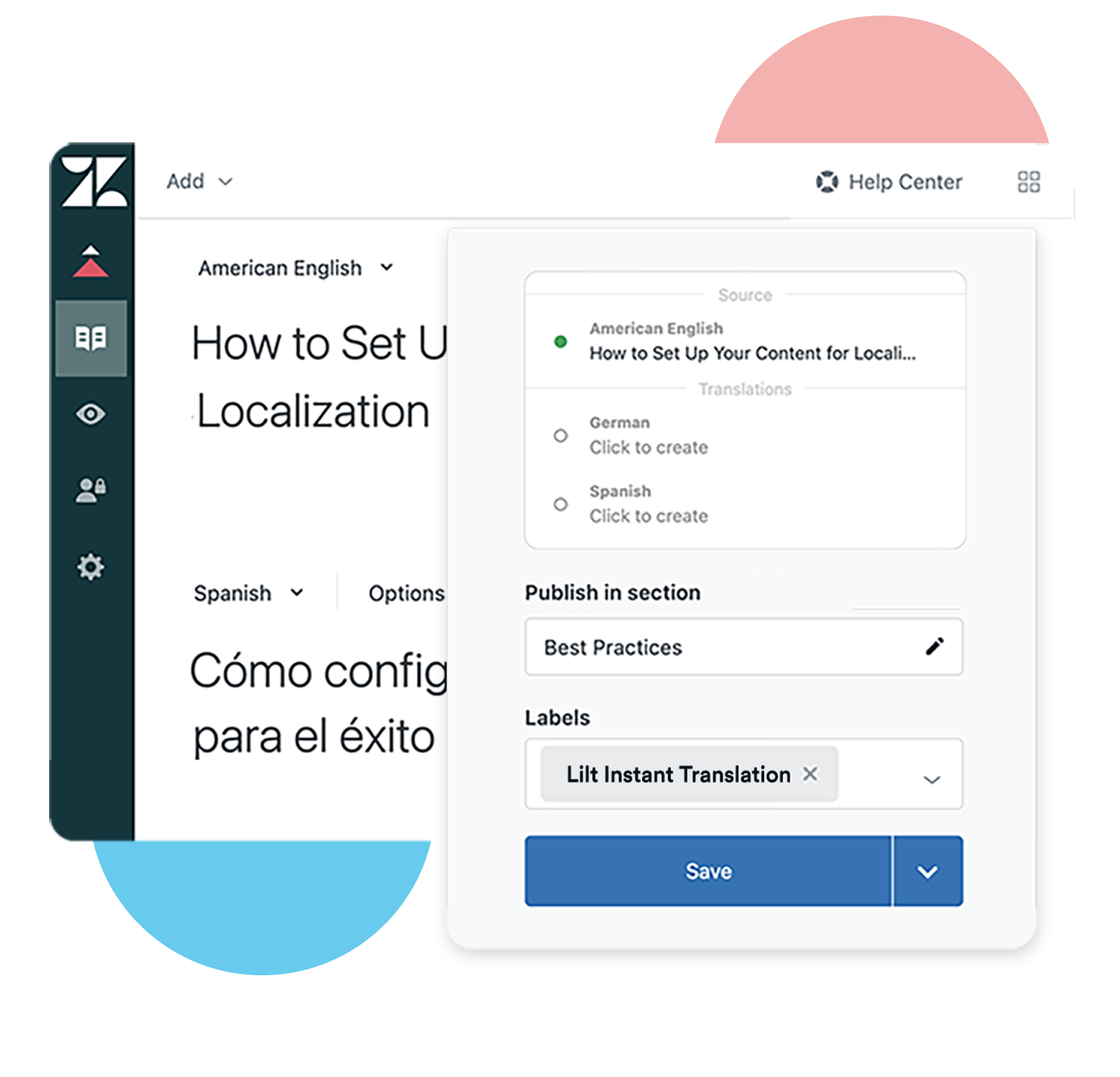Speak Your Customer's Language: 10 Customer Touchpoints at the Heart of Successful Translations

Speaking the same language as your customers is essential for any successful global business to thrive. As customers become increasingly diverse and businesses expand to new markets, companies must be able to communicate effectively with their markets in multiple languages. Translating customer touch points correctly is a key part of building and maintaining customer relationships to ensure a global presence, while allowing them to connect with customers in their preferred language.
Here are 10 impactful customer touch points that should be available in your customers' preferred language:
- Website: Your website is often the one of first impressions and interactions customers will have of your business. If your site is translated into the languages of your target markets, customers can easily access information in their own language. All customer- and prospect-facing content should also be localized to ensure that your ideal buyers understand the message that is being communicated.
- Mobile Applications: “Mobile commerce sales are expected to account for $710 billion in commerce sales by 2025” - Forbes. Mobile applications are becoming increasingly popular and should be available in multiple languages in order to reach a wider audience. Investing in a multilingual mobile experience for your end users will allow you to communicate with your users at the touch of their fingertips.
- Social Media: Social media is one of the most popular platforms for businesses to communicate with their customers. It’s essential for businesses to ensure that their messages are translated accurately in order to reach customers from all over the world while maintaining brand voice and tone.
- Customer Support and Service: In their moment of need, the most frustrating thing for a customer is not being able to communicate with an organization in the language they prefer. Whether that means chatting with an agent who can speak their language or reading knowledge base articles in the language they choose, organizations need to ensure their customers are getting the assistance that they are comfortable with.
- Advertising: Ads should be translated into different languages in order to reach a wider audience. This will ensure that customers can relate to the message and understand the product or service that is being offered.
- Product Information: Product packaging should be translated into different languages in order to reach a wider audience. This will help customers to understand the product and make an informed decision. Datasheets, manuals, and catalogs should also be translated into different languages in order to reach a wider audience. This will help customers to understand the product and make an informed decision.
- Customer Communication: Newsletters should be translated into different languages in order to reach a wider audience. This will help customers to stay up-to-date with the latest news and information from the company. Urgent notifications and outages should also be available in multiple languages, to ensure this information is relayed to customers in a timely manner.
- Training Materials: Training materials should be translated into different languages in order to reach a wider audience and provide a personalized experience. This will help customers to understand the key concepts and processes more easily. Everything from slide decks to videos are multilingual content types customers require.
- Emails: Email is a great way to stay in touch with customers and keep them informed. Make sure your emails are translated into multiple languages so customers can understand your notifications, receipts, and newsletters.
- Technical Documents: Technical Support Documents: If your product requires technical support documents, make sure they are translated into multiple languages so customers can understand them. If your product requires user manuals, make sure they are translated into multiple languages so customers can use them.
Translating customer touchpoints into different languages is an important part of the success of global companies. By doing so, they can communicate with their customers in their native tongue and effectively convey their message. By focusing on the highest impact customer touchpoints, such as the ones we shared, businesses can ensure that their translations are effective and accurate.

.png)

